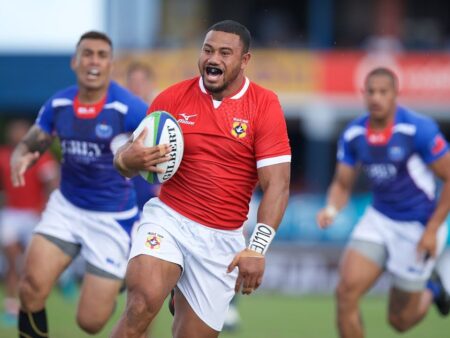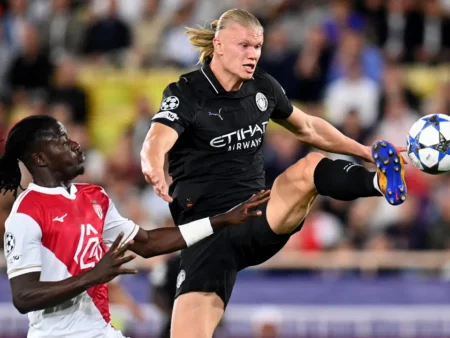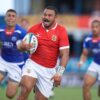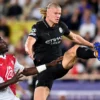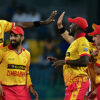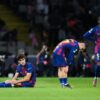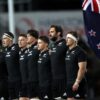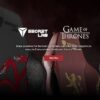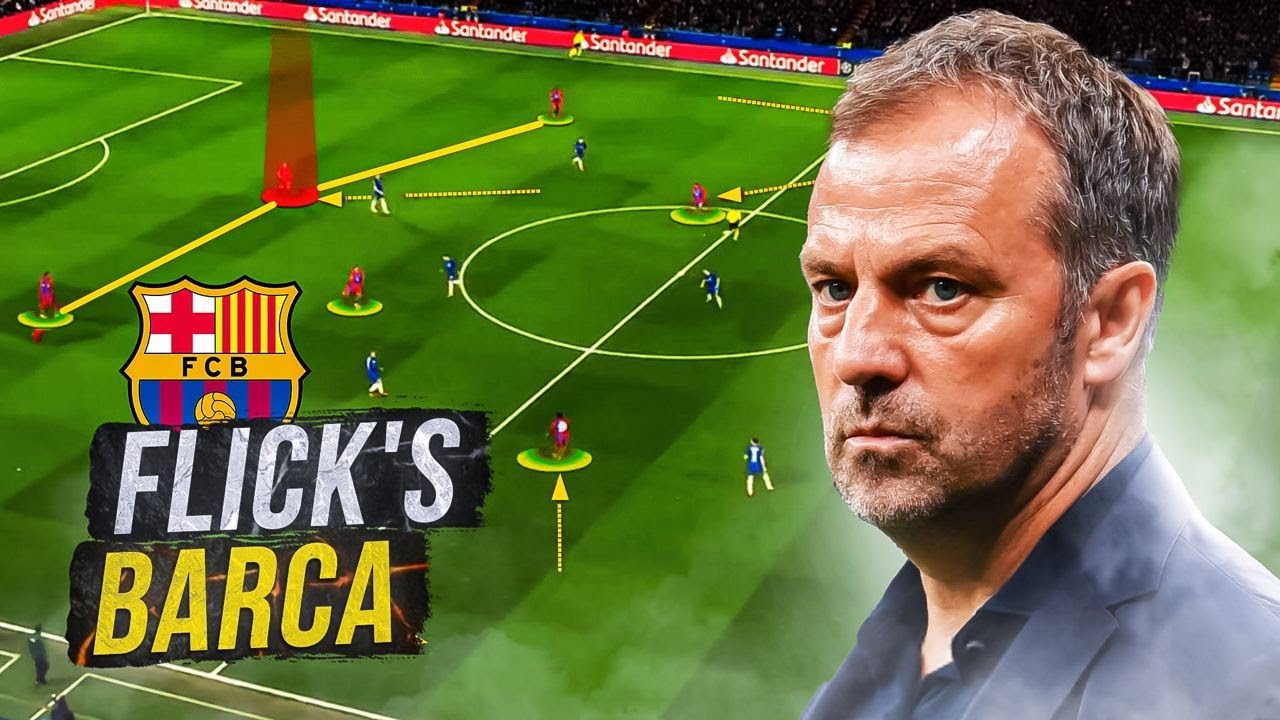
Barcelona secured a 3-1 victory over newly promoted Real Oviedo, a result that, on paper, looks like a comfortable recovery and a step closer to the top of LaLiga. Yet, beneath the surface of the scoreline, a more pressing concern looms for manager Hansi Flick: the precarious state of his midfield depth. This isn`t just a minor tactical headache; it`s a fundamental issue that could dictate the fate of their entire season, from domestic glory to Champions League ambitions.
The Gavi-Sized Hole: A Crucial Absence
The absence of Gavi, sidelined for an estimated five months following knee surgery, casts a long shadow over Barcelona`s midfield. Gavi is more than just a young talent; he is the engine, the relentless presser, and the emotional core of the team. His energy and tenacious ball-winning capabilities are not easily replicated, leaving a significant void that even the most seasoned tactician would struggle to fill.
The Pedri-De Jong Reliance: A Double-Edged Sword
With Gavi out, the burden falls disproportionately on Pedri and Frenkie De Jong. Individually, they are maestros – Pedri with his exquisite control and vision, De Jong with his progressive carries and ability to dictate tempo. Together, they form an excellent starting pivot, capable of unlocking defenses and shielding their own. The problem, however, arises when the fixture list becomes relentless. Barcelona, like any top club, faces a packed schedule encompassing LaLiga, Champions League, and domestic cups. Relying solely on these two exceptional but human talents for every critical match is a recipe for fatigue, injury, and a potential dip in form. Even the most finely tuned machines need occasional maintenance and rest.
The “Drastic Drop-Off”: A Stark Reality
The Real Oviedo match highlighted this vulnerability starkly. In the first half, with the side struggling to break down a compact defense, the midfield lacked incision. It wasn`t until Flick introduced De Jong at halftime, replacing Marc Casado, that the team`s attacking impetus truly transformed. The statistics speak volumes: the team`s ability to get the ball into the box improved dramatically, with fewer low-percentage shots from outside. This immediate impact underscores a painful truth: the drop-off in quality from the starting duo to their immediate backups is, as the original analysis suggests, “drastic.” When players like Casado, or even defenders like Eric Garcia stepping into midfield, are called upon, the team`s overall fluidity and tactical execution suffer noticeably. This isn`t a slight on their effort, but rather an honest assessment of the gulf in experience and elite-level consistency.
Flick`s Tactical Tightrope: Managing Without Depth
Hansi Flick is renowned for his high-intensity, aggressive style of play. This brand of football demands peak physical condition from every player, especially in the midfield, where pressing and ball recovery are paramount. Without adequate depth, Flick finds himself walking a tactical tightrope. How does he rotate his squad effectively to keep his key midfielders fresh for crunch matches against Europe`s elite or bitter rivals, without compromising performance and dropping crucial points? The expectation at Barcelona is always to compete for a treble, and that expectation only intensified after Flick`s successful inaugural season. Meeting those demands with a stretched midfield is perhaps his greatest managerial puzzle yet.
The Shadow of the Rivals: A Depth Comparison
Adding to Barcelona`s woes is the formidable depth of their primary rivals. Real Madrid, currently perfect under Xabi Alonso, boasts a midfield roster that can rotate seamlessly without a significant drop in quality. Their ability to bring on established stars or promising youngsters who are nearly first-team ready provides a significant competitive advantage. While Barcelona may possess depth in attack with players like Ferran Torres and Marcus Rashford providing reliable options, the same cannot be said further back on the pitch. This disparity in squad construction could prove decisive in a grueling title race where every point, and every minute played by a fatigued player, matters.
Season-Defining Stakes: LaLiga and Champions League
The implications of this midfield conundrum are profound. Dropping points in LaLiga due to an inability to rest key players or maintain intensity could see the title slip away. In the cut-throat environment of the Champions League, where fine margins determine progression, a fatigued or underperforming midfield against powerhouses like Paris Saint-Germain next week could spell early elimination. For a club with Barcelona`s aspirations, “disappointment” is not an acceptable outcome.
Seeking Solutions: The Academy and Beyond
So, what are Flick`s options? The romantic notion suggests that “there could be a 17-year-old waiting in the academy to do the job.” La Masia has, after all, been a historical wellspring of talent for Barcelona`s midfield. While the emergence of a new gem like Lamine Yamal (who is expected to return and bolster the attack, though not directly solve the midfield issue) is always hoped for, relying on such a prospect to immediately step into a first-team role and perform at an elite level, especially in a critical position, is a high-risk gamble. Creative rotation, adapting formations to better shield the midfield, or even a pragmatic approach to specific fixtures might be short-term fixes. Long-term, however, this issue points to a deeper strategic need for strengthening the squad`s core.
Barcelona`s victory over Real Oviedo was a testament to their fighting spirit in the second half. Yet, it served as a stark reminder of the delicate balance Hansi Flick must strike. The true measure of this season will not just be how Barcelona performs with their best players on the field, but crucially, how they manage without them. The midfield, currently walking a tightrope, will be the ultimate barometer of their success or disappointment.
